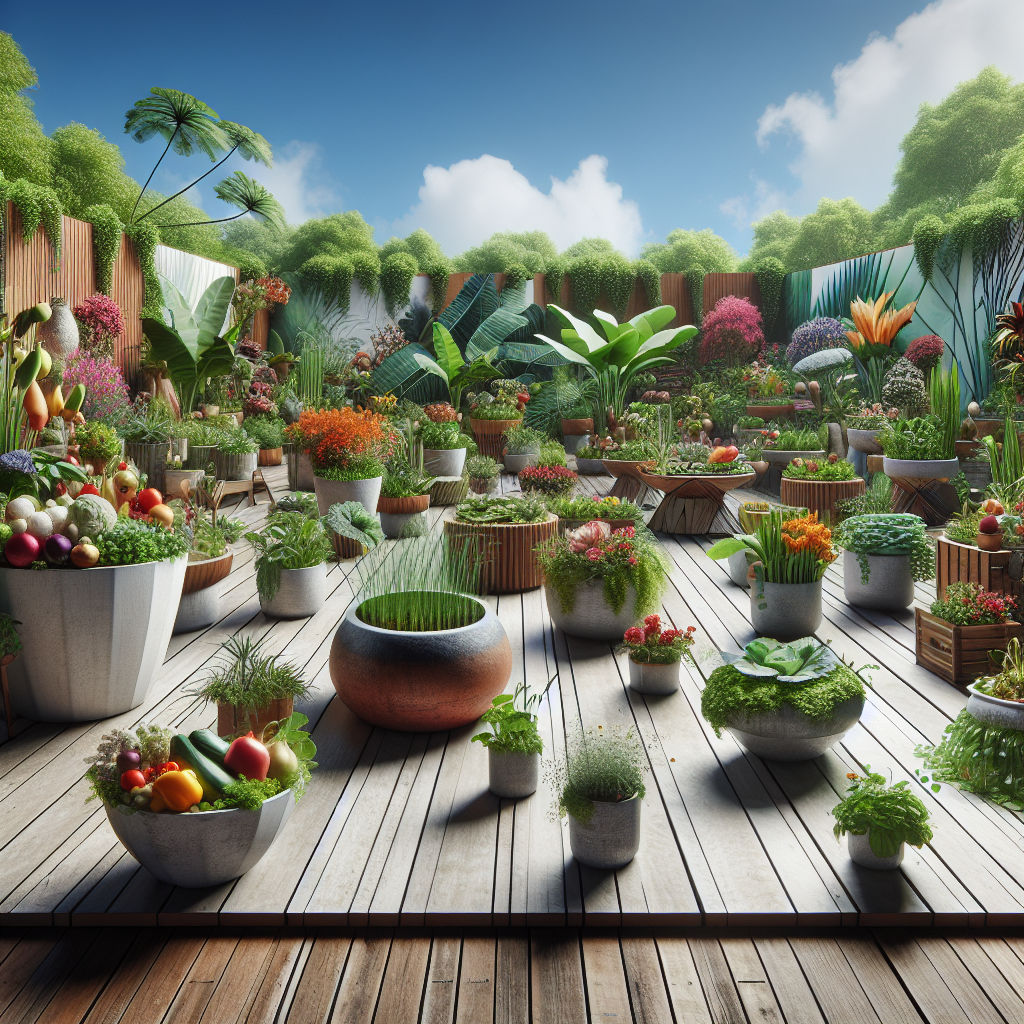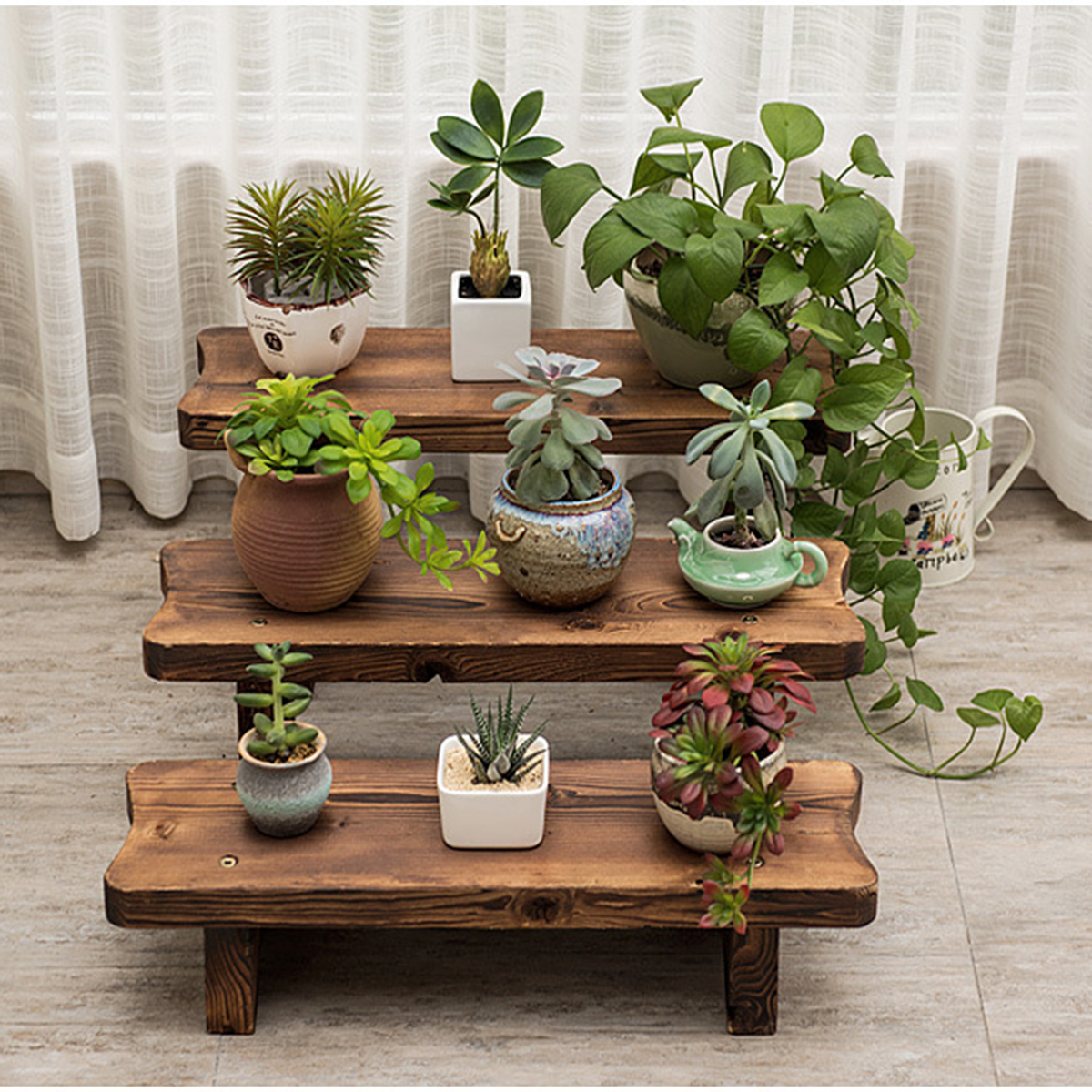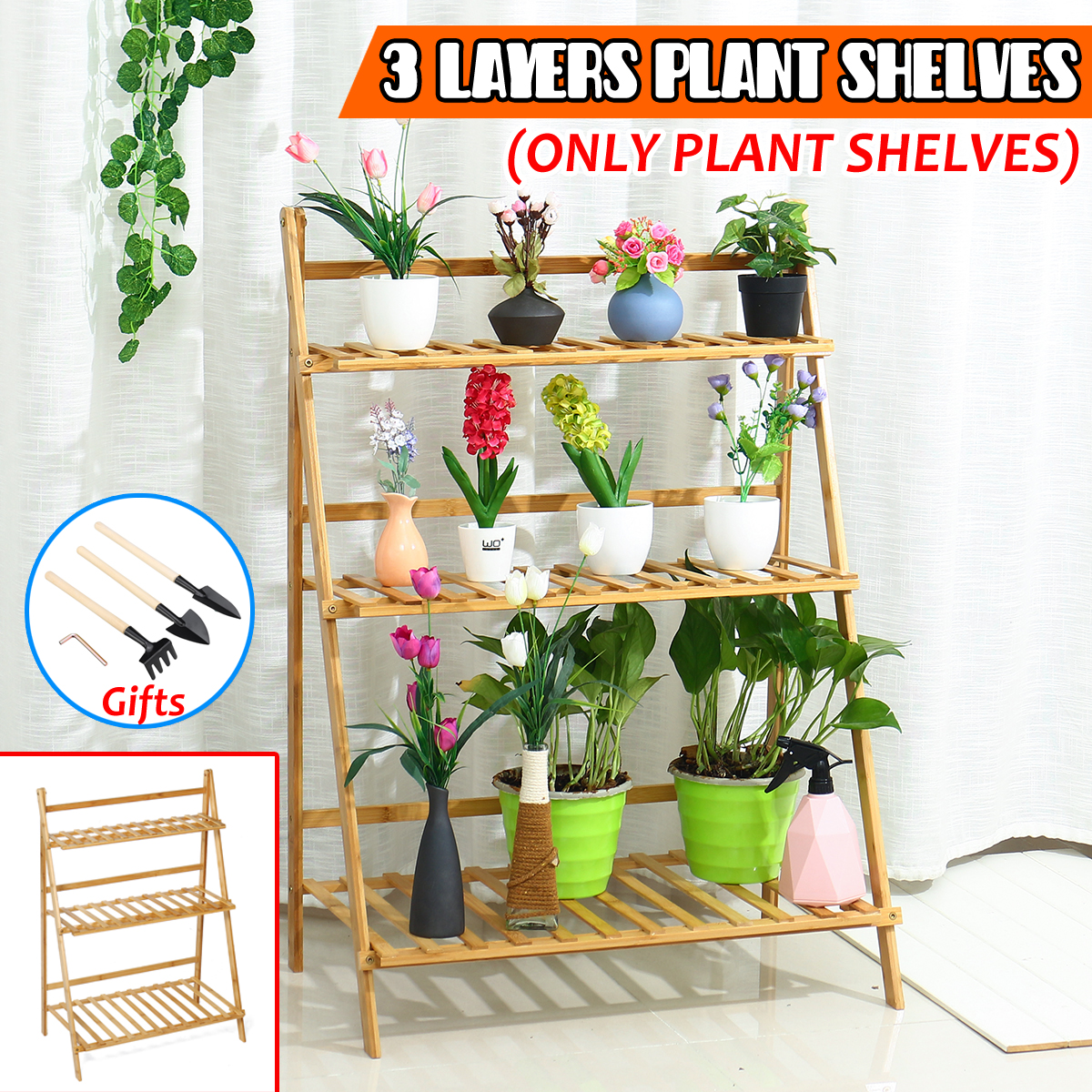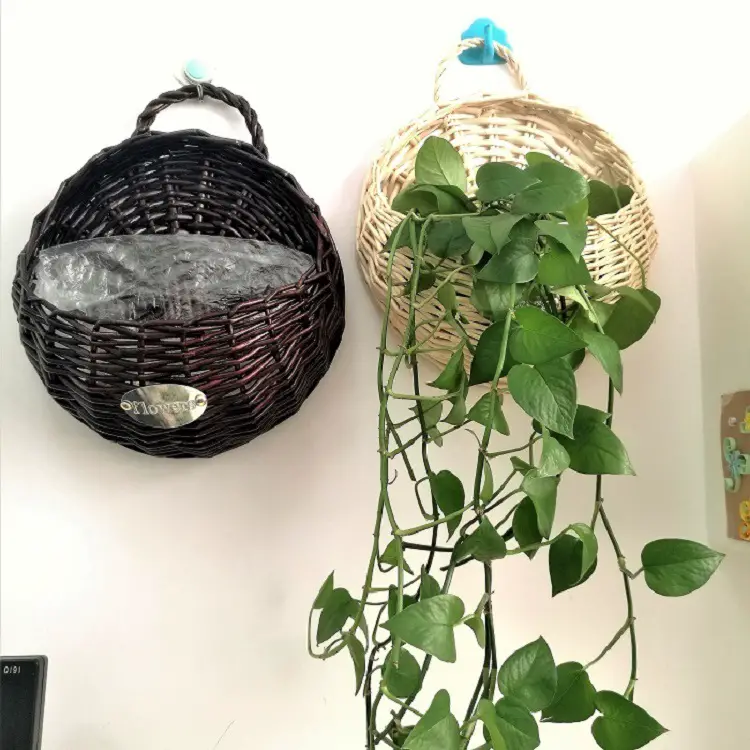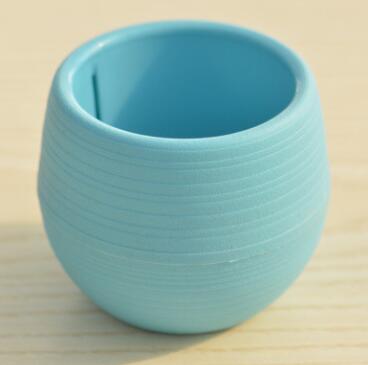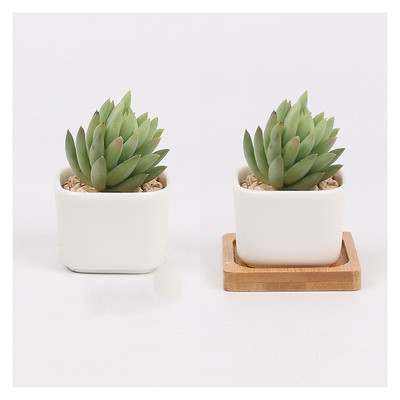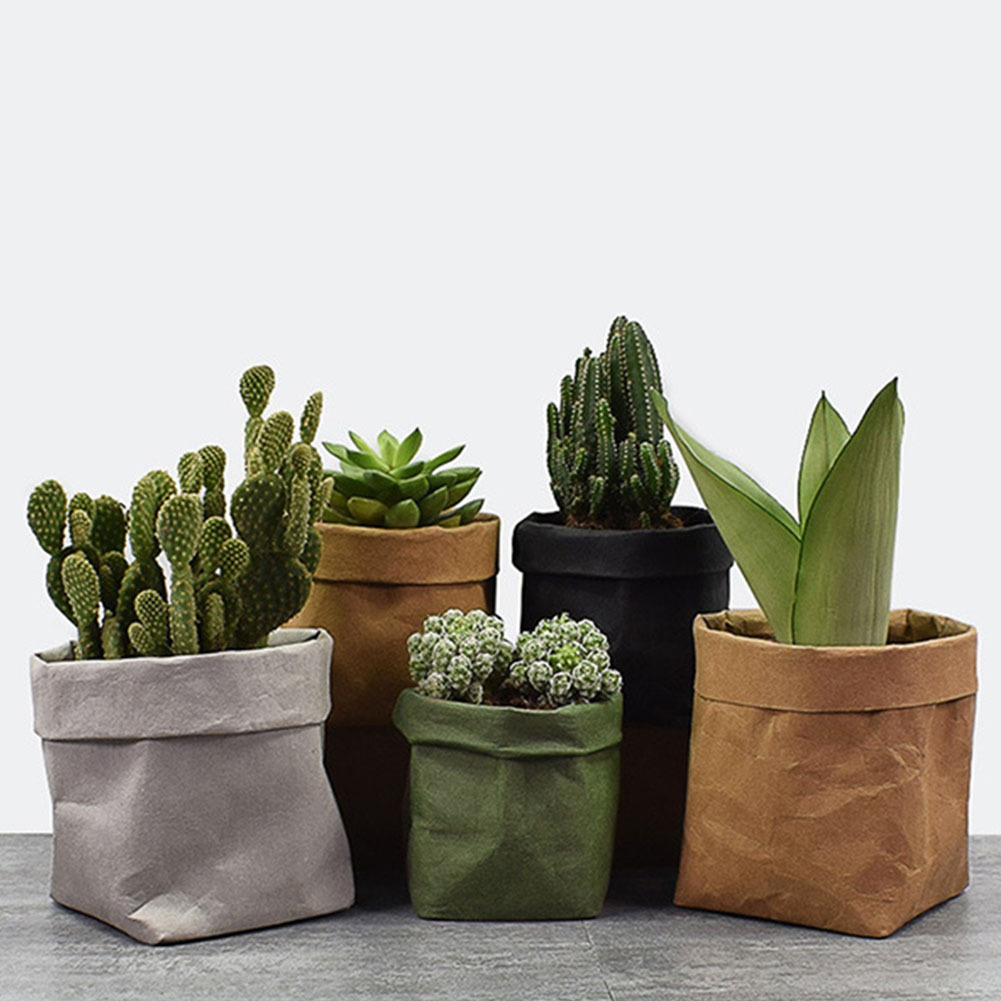Exploring Edible Landscaping Through Innovative Planters
The growing trend of edible landscaping has redefined our relationship with food sources, nudging us to integrate nourishment with the aesthetics of our living spaces. As urbanization tightens its grip, more people are turning to innovative planters to harmoniously blend the utility of food production with the pleasure of garden design. From quaint apartments to expansive backyards, this approach is revolutionizing the way we think about and engage with our green environments.
The Emergence of Edible Landscaping
Edible landscaping is the art of incorporating food-producing plants into aesthetically pleasing designs. It combines the practicality of growing one’s own produce with the beauty of ornamental gardening. This concept not only allows for the sustainable cultivation of fruits, vegetables, and herbs but also enhances biodiversity and ecological balance in urban settings.
As interest grows, so does the creativity surrounding how to best implement these ideas, especially in tighter urban environments. Enter innovative planters—vessels designed to maximize space and optimize growing conditions for a variety of edible plants.
The Role of Innovative Planters
The innovation in planters has expanded the possibilities of edible landscaping. Today, planters range from traditional pots to technologically advanced systems that self-water or improve nutrient absorption. Below, we explore some key innovations driving this trend:
-
Vertical Planters: Perfect for urban spaces, vertical planters utilize walls and fences to maximize growing space without occupying valuable ground area. They are well-suited for leafy greens, strawberries, and herbs.
-
Self-Watering Containers: These planters feature reservoirs that keep soil consistently moist, reducing the frequency of watering and protecting plants from drying out. Ideal for those with busy lifestyles or who tend to forget regular watering schedules.
-
Smart Planters: With the integration of technology, these planters offer sensors and smartphone connectivity to monitor soil moisture, temperature, and even plant health, ensuring optimum growth conditions for edible plants.
-
Modular Urban Farm Systems: These stackable, customizable systems allow for the creation of diverse edible gardens in confined spaces, promoting higher yields through efficient space management.
The Joys of Indoor Container Vegetable Gardening
For city dwellers with limited outdoor access, indoor container vegetable gardening offers a rewarding solution. This practice allows individuals to curate a mini-garden inside their homes, where they can nurture and harvest their favorite vegetables all year round. The key to success lies in selecting the right containers and plant varieties suited for indoor conditions.
Indoor container gardening brings numerous benefits:
- Year-Round Harvest: With controlled indoor environments, one can grow vegetables like tomatoes, peppers, or lettuce regardless of the season.
- Space Efficiency: Containers can be placed on windowsills, countertops, or hanging racks, making efficient use of small spaces.
- Enhanced Air Quality: Plants naturally filter and improve air quality, making homes healthier.
- Educational and Therapeutic: Gardening indoors can be a calming hobby and a practical way to teach children about plant growth and sustainability.
To get started, choose containers with good drainage and consider companion planting to maximize space. Combining herbs like basil or cilantro with compact vegetables can enhance growth and deter pests.
Refreshing Your Space with Lush Ferns in Containers
While edible landscaping focuses on utilitarian plantings, the aesthetic value of non-edible plants should not be overlooked. Lush ferns, for instance, can refresh and beautify any space while creating a balanced environment for both the eye and the soul. Integrating ferns in containers alongside edible plants can offer contrast in texture and color, enhancing the visual appeal of your edible landscape.
Ferns are known for their rich foliage and resilience in low-light conditions, making them ideal companions for indoor settings. Here are a few ways they can complement your edible landscaping efforts:
- Aesthetic Appeal: Ferns add a lush, tropical vibe to indoor spaces. Their verdant fronds contrast beautifully with the more structured appearance of vegetable plants.
- Humidity Regulation: Many ferns thrive in humid conditions, which can benefit nearby edible plants that also prefer higher humidity.
- Natural Backdrop: The dense foliage of ferns provides an ideal backdrop for colorful vegetables and fruits, allowing the edibles to stand out more vividly.
Designing Your Edible Landscape
Creating a well-balanced edible landscape involves thoughtful planning and design. Consider the following elements while designing your space:
-
Theme and Style: Decide on a theme that complements your home. Whether a rustic garden, a modern farm-to-table setting, or a blend of traditional and contemporary, having a clear direction can guide plant and container choices.
-
Plant Selection: Choose plants based on climate, sunlight availability, and personal preference. Incorporate a mix of vegetables, fruits, herbs, and decorative plants like ferns to ensure both aesthetic and culinary diversity.
-
Spatial Planning: Maximize available space through vertical gardens, layered planting, or modular systems. Prioritize accessibility for maintenance and harvesting.
-
Color and Texture: Play with the colors and textures of different plants to create a vibrant, dynamic landscape. Use ferns and flowers to add visual interest alongside edibles.
Challenges and Solutions in Edible Landscaping
Like any gardening endeavor, edible landscaping comes with its own set of challenges:
- Limited Space: Innovative planters can help overcome space constraints, but careful selection and arrangement are crucial.
- Soil Quality and Pests: Regular assessment of soil health and proactive pest management are vital for productive edible landscaping.
- Resource Management: Watering and nutrient needs must be carefully managed. Consider drip irrigation systems or self-watering planters to conserve resources.
Future Trends in Edible Landscaping
The future of edible landscaping looks promising, driven by advancements in technology and a growing awareness of sustainable living. Some upcoming trends include:
- Integration with Smart Home Systems: As smart technologies advance, expect increased connectivity between edible gardens and home systems, allowing for automated care and energy-efficient growth.
- Community-Based Gardens: Urban areas are likely to see a rise in community gardens that merge edible landscaping with public spaces, fostering community engagement and local food production.
- Innovative Planter Materials: Sustainable materials like recycled plastics and biodegradable options will become more prevalent, contributing to eco-friendly gardening practices.
In conclusion, edible landscaping through innovative planters is not just a trend but a transformative movement towards sustainable living. By blending food production with garden aesthetics, we can create beautiful, fruitful spaces that enhance our everyday lives and contribute positively to our environment. Whether you’re a seasoned gardener or a city dweller looking to green your abode, the possibilities are endless—limited only by your imagination and willingness to explore this verdant tapestry of life and growth.


